|
|
 |
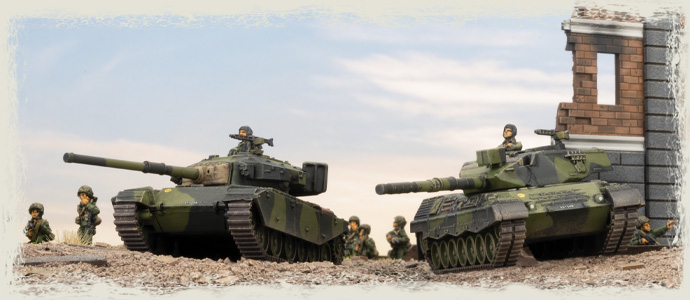 |
|
WWIII: Nordic Forces Spotlight
The Soviet high command had a number of wartime plans for Finland. Some involved the invasion and conquest of the whole of Finland, with Helsinki, Vaasa, and Oulu as the primary Soviet objectives and even involved the use of Finland as a launch point for the invasion of Sweden. Other plans varied between limited offensives, allowing Finland to maintain its neutrality, or requests for access to Finnish territory for troop movements.
However, the Soviet Union’s main goal was the domination of the Norwegian Sea and Northern Norway to support the free passage of its Northern Fleet into the North Sea and the Atlantic Ocean. For this, they initially demanded the Finns give them free passage across Lapland for Soviet northern forces attacking Norway. When the Finns refused, the Soviets instead attacked through Lapland towards Norway.
Other Soviet forces also attacked southern Finland, tying down the bulk of the Finnish Defence Forces around their main population centres.
WWIII: Nordic Forces Spotlight...
|
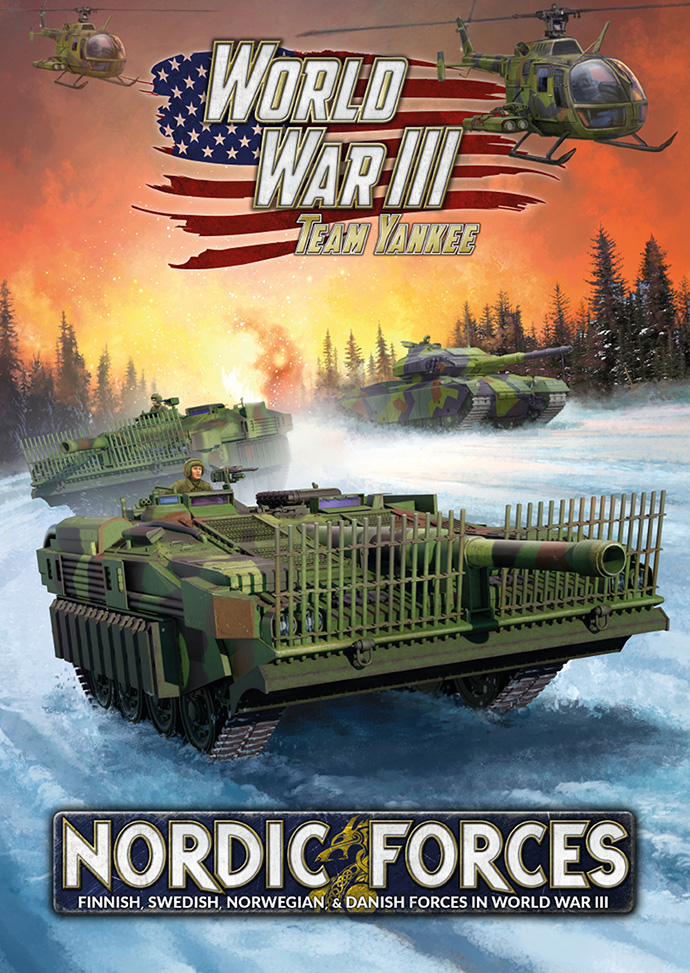
|
|
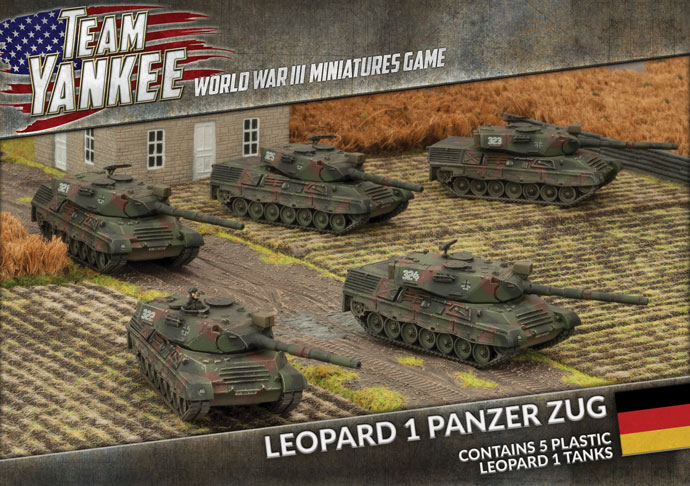
|
Leopard 1 Panzer Zug (Plastic) (TGBX14)
From 1970 Norway’s front line tank was the Leopard 1. These were stationed in the north of the country where the most likely threat of Soviet attack would be directed.
Though not as heavily armoured as the Soviet tanks they potentially faced, the well-trained Norwegian crews combined with the excellent 105mm L7 gun give the Leopard 1 good odds against T-55 and T-62 tanks, and with the capability of taking on T-72s with good use of concealment and movement.
Leopard 1 Panzer Zug (TGBX14)
|
|
Centurion Tank Platoon (Plastic) (TSWBX02)
Originally delivered to Denmark in 1953 and paid for by the US, before half of the fleet was upgunned in the 1960s with the 105mm L7. Between 1982 and 1985 the ageing Centurion tanks received the DK upgrade package that increased their night fighting capabilities with a PZB-200 camera, the same as the one used on the Leopard 1 tanks, a laser rangefinder and a primitive thermal sighting system, known as a thermal tracer. With the new designation as Centurion Mk V, 2 DK, usually called Centurion DK for short, they served for the remainder of the Cold War with the Zealand (Sjælland) brigades.
Centurion Tank Platoon (TSWBX02)
|
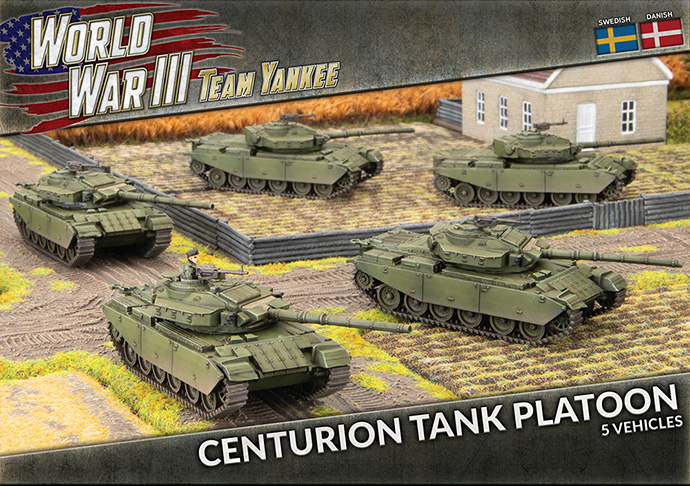
|
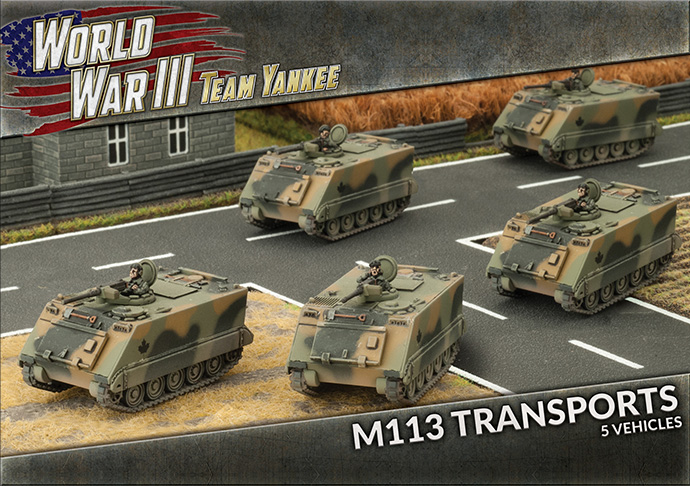 |
M113 Platoon (Plastic) (TNBX03)
The Panserinfanteri Deling had three crewed M113s armed with .50 cal machine-guns, one for each group, to transport the platoon to and from the battlefield. In defensive operations the M113s, with their heavy machines-guns, could act as machine-gun nests giving supporting defensive fire, and in offensive operations as a base of fire for the assaulting infantry.
M113 Platoon (TNBX03)
|
|
Feltvogn Recon Troop (TNOBX03)
The Danes used a variety of light utility vehicles in the light reconnaissance role as well as various other utility roles. By 1985 the Danes had over 1300 Mercedes 240 G/24 light reconnaissance cars. A Spejdersektion (Scout Section) consists of four vehicles with a MG3 machine-gun each. Each vehicle has a crew of three who carry some M72 LAWs for anti-tank defence as well as their G3 battle rifles.
Feltvogn Recon Troop (TNOBX03)
|
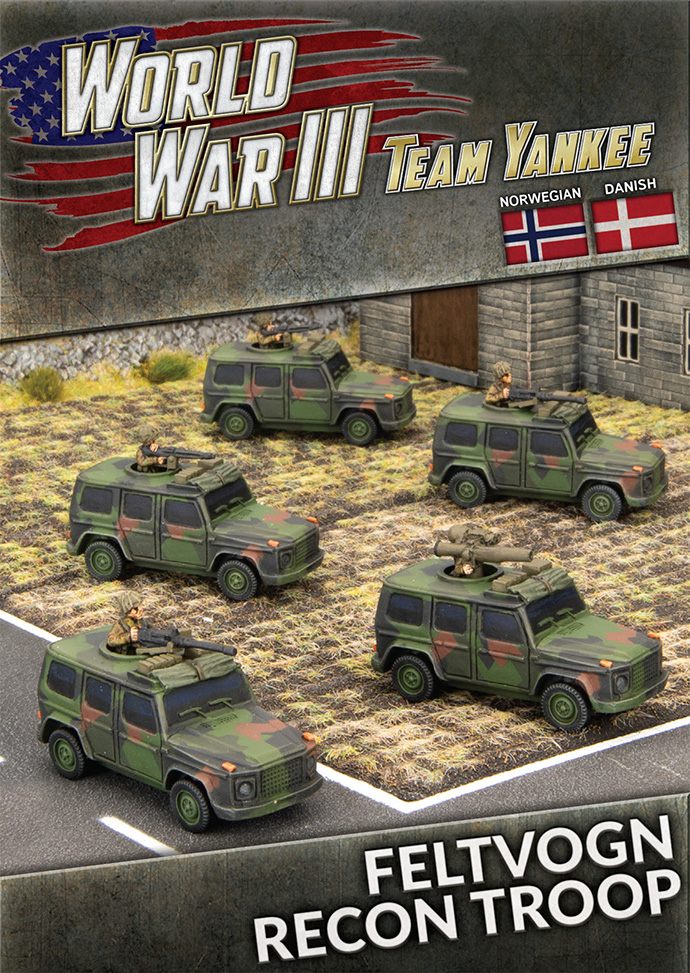
|
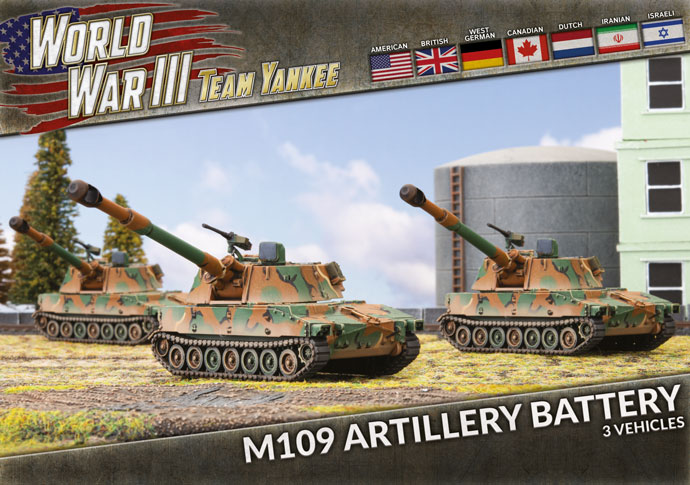 |
M109 Artillery Battery (TUBX24)
The M109 self-propelled howitzer (selvkørende haubits) entered service with the artillery regiments of the Royal Danish Army in 1964, the same time the M113 entered service with the infantry.
The M109s are organised into two batteries of six SP howitzers, with each artillery battalion having three batteries. From 1985, the M109s began being upgraded to the M109A3 standard (M185 155mm long barrel howitzer) by the Danish Material Command. Additionally, the M109s were armed with a commander’s hatch mounted 12.7mm (.50 cal) machine-gun.
M109 Artillery Battery (TUBX24)
|
|
M113 Panzermörser Zug (TGBX09)
The Danish Army fields a total of 56 M113 based mortar carriers. These are a mix of M106 and M125. The M125 is armed with a 81mm mortar. The vehicle carries 120 81mm mortar rounds in side-mounted racks. Additionally the vehicle is armoured with a M2 12.7mm (.50 cal) heavy machine-gun.
M113 Panzermörser Zug (TGBX09)
|
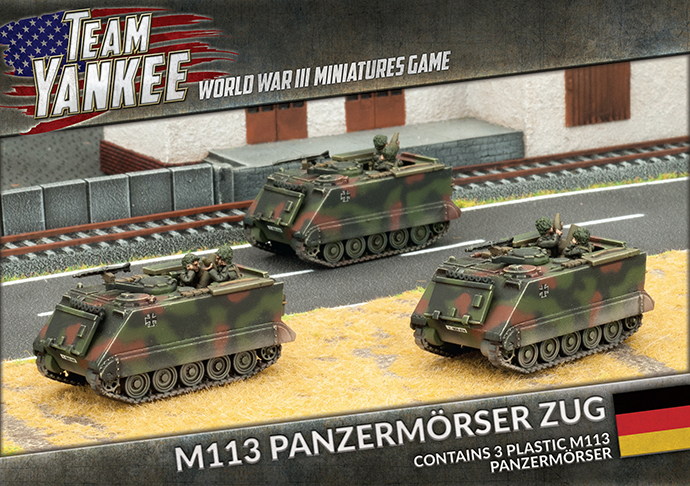
|
|
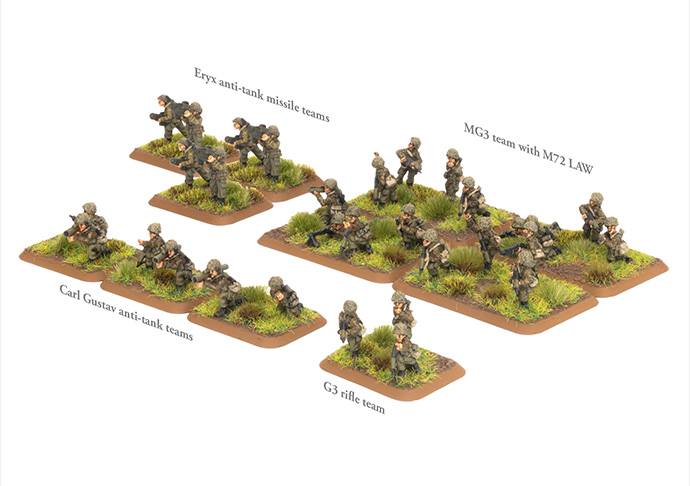
|
M113 Storm Group (x31 Figs) (TNO702)
A Danish Panserinfanteri Deling (Armoured Infantry Platoon) was generally made up of three groups, each in turn was made up of around nine to eleven soldiers led by a sergeant. Each group was armed with one M/62 (MG3) machine-gun, one M/79 (Carl Gustav) recoilless rifle, M/72 LAWs and M/75 (G-3) semi-automatic rifles.
M113 Storm Group (TNO702)
|
|
Fliegerfaust Gruppe (TGR708)
The Air Defense Battalion’s Luftværnsgrupper (Air Defense Groups) are mounted in M113s. These were assigned to specific sectors of the area of operations or could be assigned to companies, depending on needs. Divisionally the Air Defense battalion had a mobile radar, and a mobile communications centre. These were used to radio the relevant air defense groups from the HQ, if anything appeared on the radar.
Fliegerfaust Gruppe (TGR708)
|
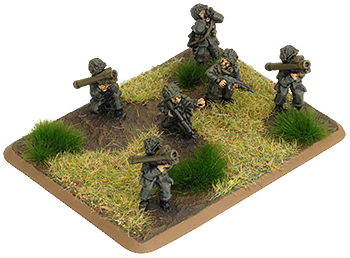
|
|
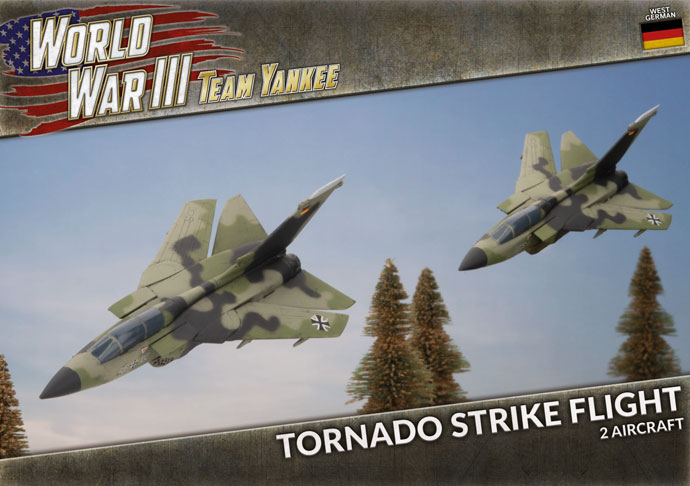
|
Tornado Strike Flight (TGBX15)
The Tornado strike-aircraft was developed as a joint project between Germany, Britain, and Italy.
The main role of the Tornado is as an Interdictor Strike (IDS) aircraft. The Tornado has a variable sweep-wing system. The pilot can change the sweep of the wings to change the aerodynamics of the aircraft. With the wings swept back drag was reduced during critical high-speed low-lev-el dashes towards enemy positions. With the wings swept forward the Tornado takes on the characteristics of slower flight, allowing it to land and take-off on short runways. Low level flight is further enhanced by an innovative automatic terrain-following system.
Tornado Strike Flight (TGBX15)
|
|
World War III: Danish Unit Cards
Unit and Formation cards play a key role in World War Three: Team Yankee and can be used as a quick reference for stats and special rules as you play the game. These cards also include unit points and structures to aid with army-list construction.
World War III: Swedish Unit Cards (WW3-08D)
|
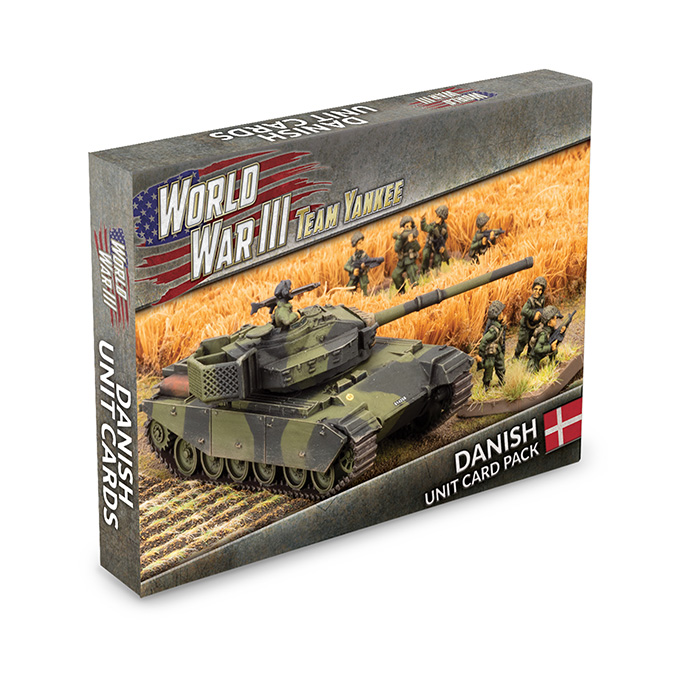
|
|
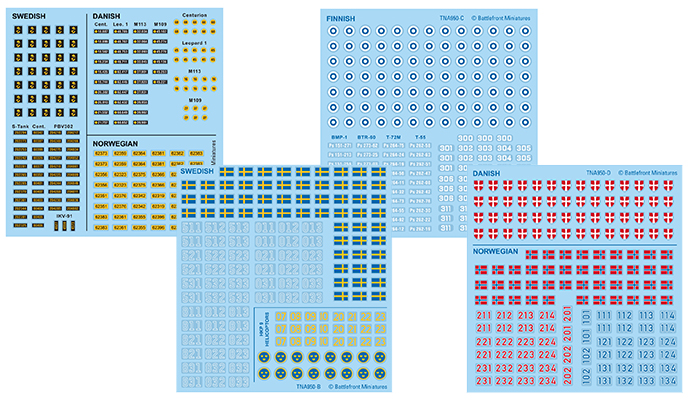
|
Nordic Decal Set (TNA950)
Each Nordic decal pack contains four decal sheets with markings for armoured vehicles and helicopters.
Nordic Decal Set (TNA950)...
|
|
|
Battlefront Paint Sets
Each Paint set together with the Utility Paint Set, provides the specialist colours needed to paint your WWII or WWIII force in the appropriate colours all in an easy to grab box. Get everything painted! From the camo paint all the way to the tow cables.
Battlefront Paint Sets...
|
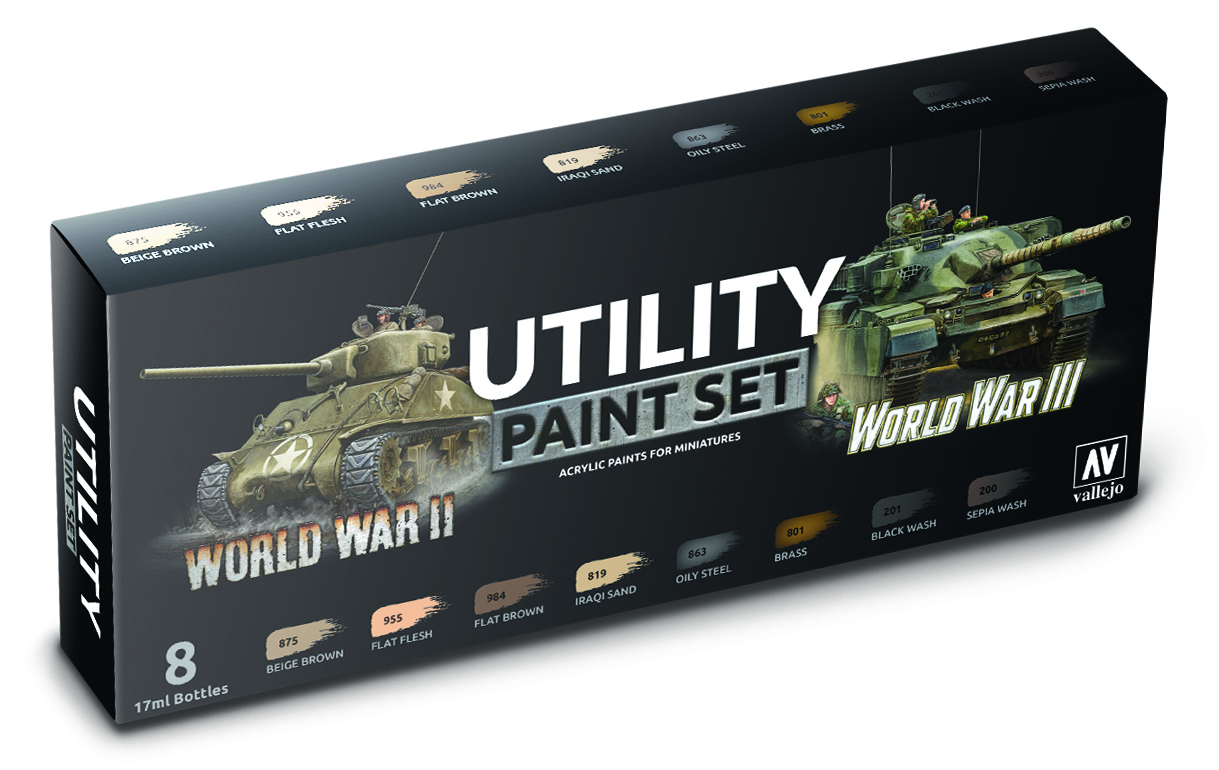
|
|
|
|
 |
|